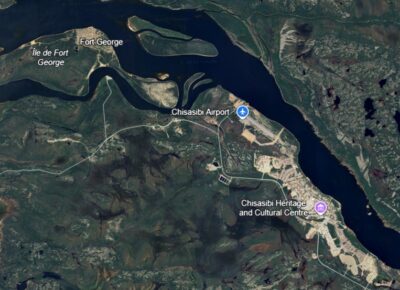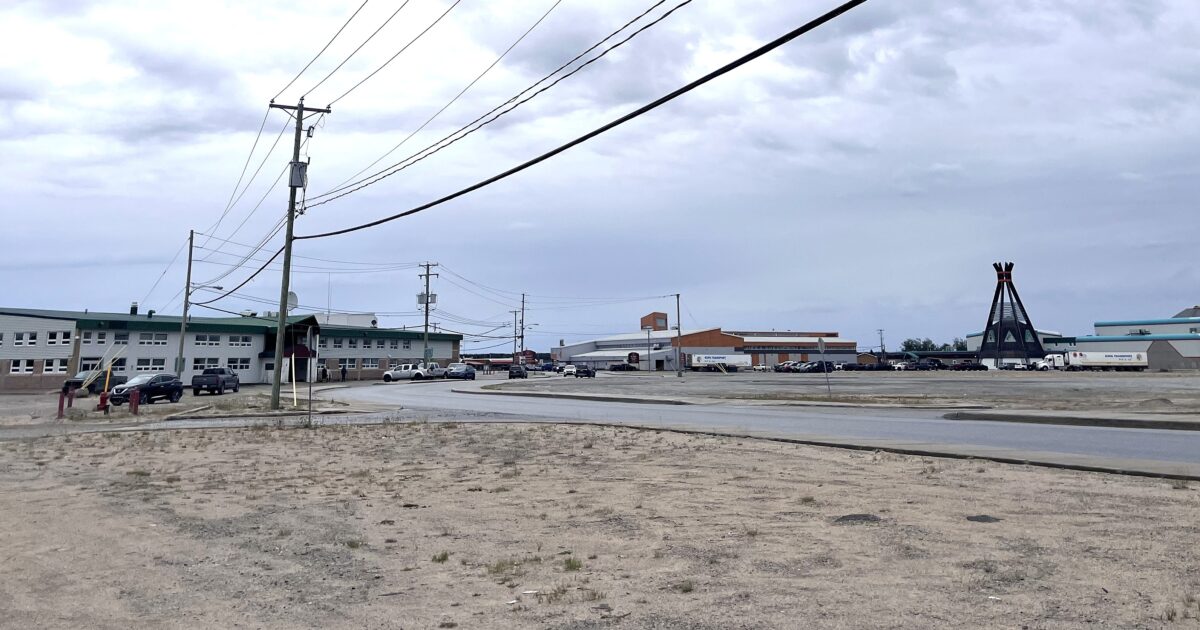
Daisy House is the chief of the Cree Nation of Chisasibi. She was just a child when the community was moved off Fort George island. (Photo courtesy of Cree Nation of Chisasibi)
When Daisy House was little, she came home one day to see men sledgehammering the foundation of her house.
Soon, they were working at other houses on Fort George island.
She was too young to know her entire community was being packed up and moved across the river about 10 kilometres southeast to the mainland. It was 1979 or 1980.
“People still talk about it,” says House, now in her second term as chief of the Cree Nation of Chisasibi, situated on La Grande River near James Bay in Quebec.
“It’s a love-hate relationship we have, you could say.”
The community had to be relocated because Hydro-Québec was building the massive James Bay Project, a series of dams and hydroelectricity generating stations. Earlier concerns over Indigenous Peoples’ land rights related to that project had led to the signing of the JBNQA in 1975.
As moves go, this was big. About 200 houses were ferried across the river, as was the medical clinic and a Roman Catholic church. At the new site, they built a new high school, a mall, an Anglican church, a Hudson’s Bay store and an additional 100 houses.

An overhead view shows Fort George island and the Quebec community of Chisasibi. (Photo courtesy of Google Earth)
In the four-plus decades since, Chisasibi has grown from fewer than 2,000 residents back then to more than 5,000 today.
House said there are plans to nearly double the size of its 40-room hotel, new elementary and high schools opened last year, and the Cree Board of Health and Social Services of James Bay wants to build a healing centre, the first in the Cree territory.
“How can you heal if you can’t speak your first language, down south?” she asks.
But the relocation brought changes that are still being felt.
For one, the river doesn’t freeze over anymore because of the current. From about early November until May, when the ferry isn’t in service, there’s no easy way to visit the island.
“I don’t know if there’s anybody else in the world with eight dams on their traditional property,” says House.
“We have 11 dams just in Eeyou [Istchee James Bay municipality] alone, the Cree territory.
Eeyou Istchee is about the size of France, the whole territory.”
And many people have stopped fishing in La Grande River, says Roderick Pachano, a former chief who helped negotiate the James Bay and Northern Quebec Agreement for the Cree Nation.

A welcome sign greets visitors to Chisasibi, located on La Grande River in Quebec. (Photo courtesy of Cree Nation of Chisasibi)
Changes in the current have affected the environment and wildlife; the water isn’t crystal clear anymore, and some of the fish have strange markings, like bruises. Pachano says it’s because of mercury in the water.
The relocation hasn’t been filed away and forgotten.
“It will never go away,” Pachano said.
“It’s like what has happened to other people in the world, who want to forget, but sometimes they can’t.
“Sometimes, it’s better that they not forget.”
This article is part of Nunatsiaq News’ commemoration of the 50th anniversary of the signing of the James Bay and Northern Quebec Agreement in 1975.
![]()
This project has been made possible in part by the Government of Canada.




